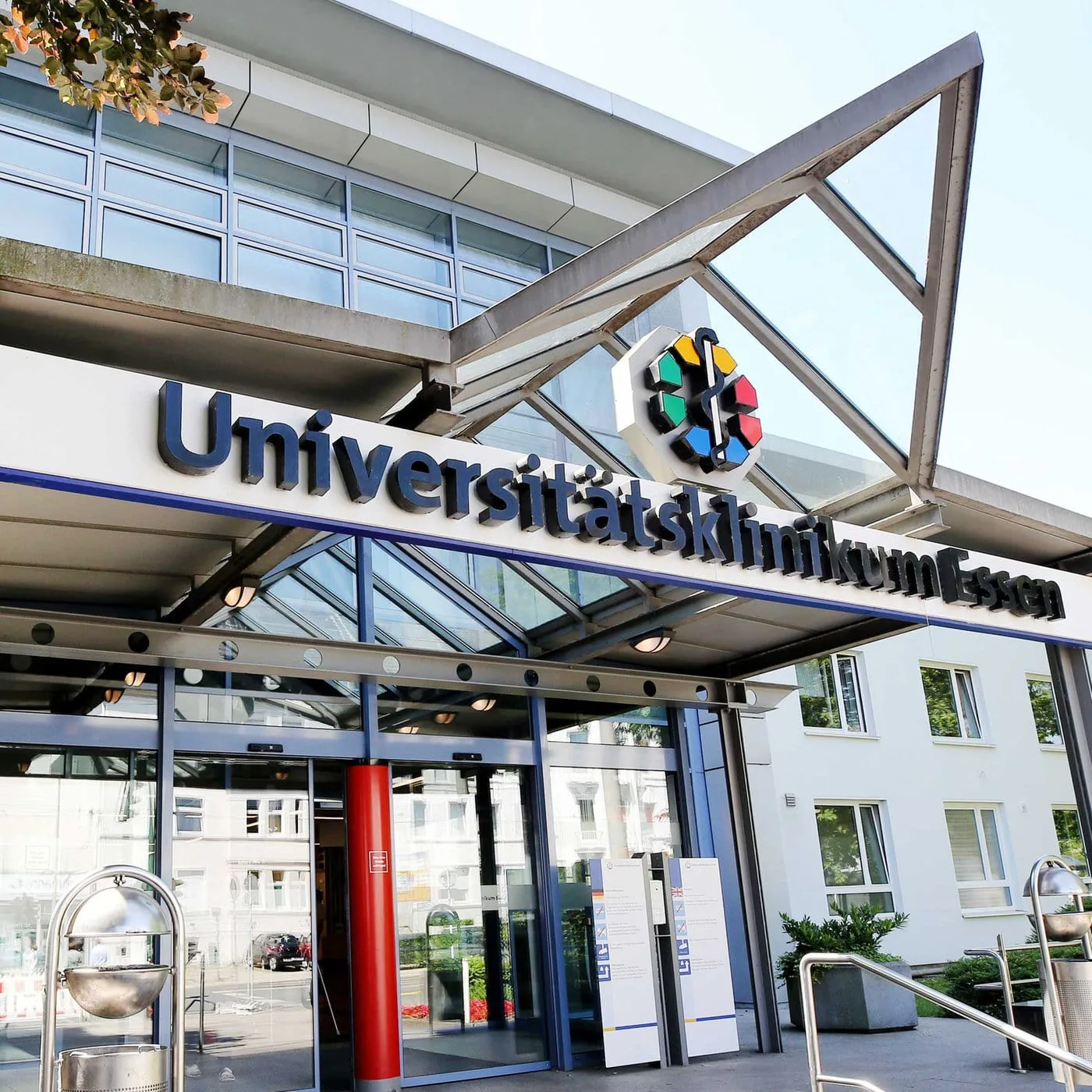Dystonia: Pathology Nature and Cure Methods
Dystonia is a motion disturbance provoking rhythmic muscle contraction and causing twisting repetitions. Pathology hits a specific organ, 2 or more adjoining structures, or the whole organism. Muscle spasms reach different strengths in their manifestation – from feeble to strong. They provoke pain interfering with usual life operations.
Dystonia types based on “target” organs.
- Blepharospasm – eyes affecting pathology. Mostly, the first signs are blinking control inability. At the initial pathology stage, spasms make eyelids close without intention. Sometimes, permanent closing is provoked. If a person’s excellent vision, nevertheless, frequent eyelids closing functionally provokes blindness.
- Cervical dystonia – frequently met pathology, mostly manifesting in middle-age. Pathology develops in the neck, consequently, the head twirls and turns or stretches forward or back.
- Cranial dystonia – disease hitting head and face.
Dystonia causes
Dystonia roots are still unknown. Pathology arises and develops after interaction modifications between nerve cells in cerebrum parts. Certain pathology types are inherited.
Additionally, dystonia appear against other illnesses and defects background, incl.:
- Parkinson’s disease;
- brain trauma;
- birth defect;
- cerebrum tumor or diseases developing because of cancer;
- oxygen starvation;
- carbon poisoning;
- infectious influence;
- response to meds or heavy metals intoxication.
Symptomatology
- Focal dystonia occurring over the 21 age, mainly manifests itself during any action, for example, writing a text – a person’s hand is unstable and constantly trembles in definite rhythm. Deterioration happens with stress or aggression.
- When twisting the head, strong ache occurs.
- Frequent blinking or eyelids’ involuntarily closing. Seizures often don’t cause pain, but become worse in sunlight, stressful situations, or communication with strangers. Dry feelings in eyes.
- Unclear speech, profuse salivation and troubles with chewing and swallowing.
- Tensed or whispering voice.
Dystonia diagnosis
- General and biochemical blood tests.
- ECG.
- Cerebrum EEG.
- Internal organs examination.
- Stress tests.
- Daily blood pressure monitoring.
- Spirometry.
Dystonia treatment
Specialists prescribe therapy, based on dystonia type and its development complexity in organisms.
Recently proposed therapy for cervical dystonia and others is botulinum toxin, referred to as Botox. It’s entered into muscles. Thus, it stops acetylcholine action, which provokes muscle contractions. Procedure should be done every 3 months. Additionally, Diazepam, Baclofen and the like are used in cure.
In heavy cases, deep cerebrum stimulation is required. Specialists can deform pathology by stimulating affected or nearby organism structures, helping minimize muscle contractions.










